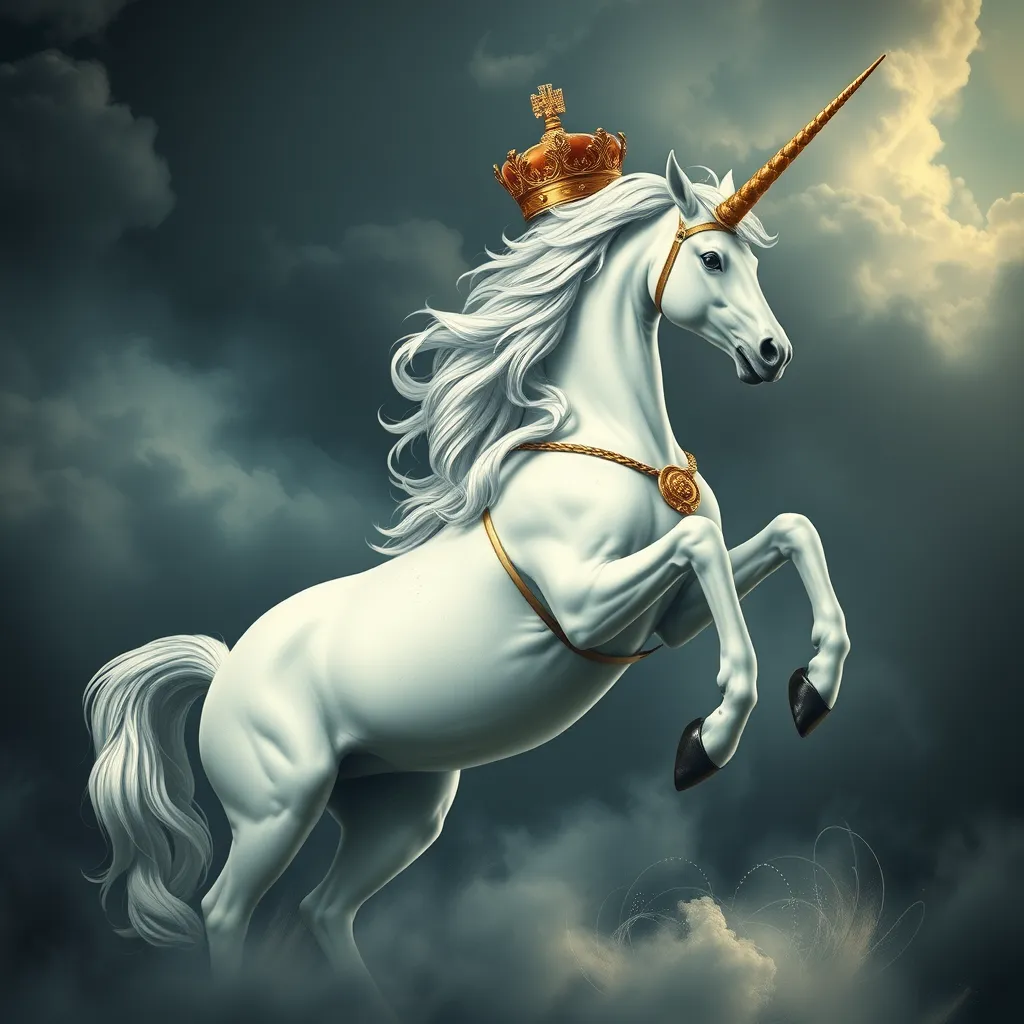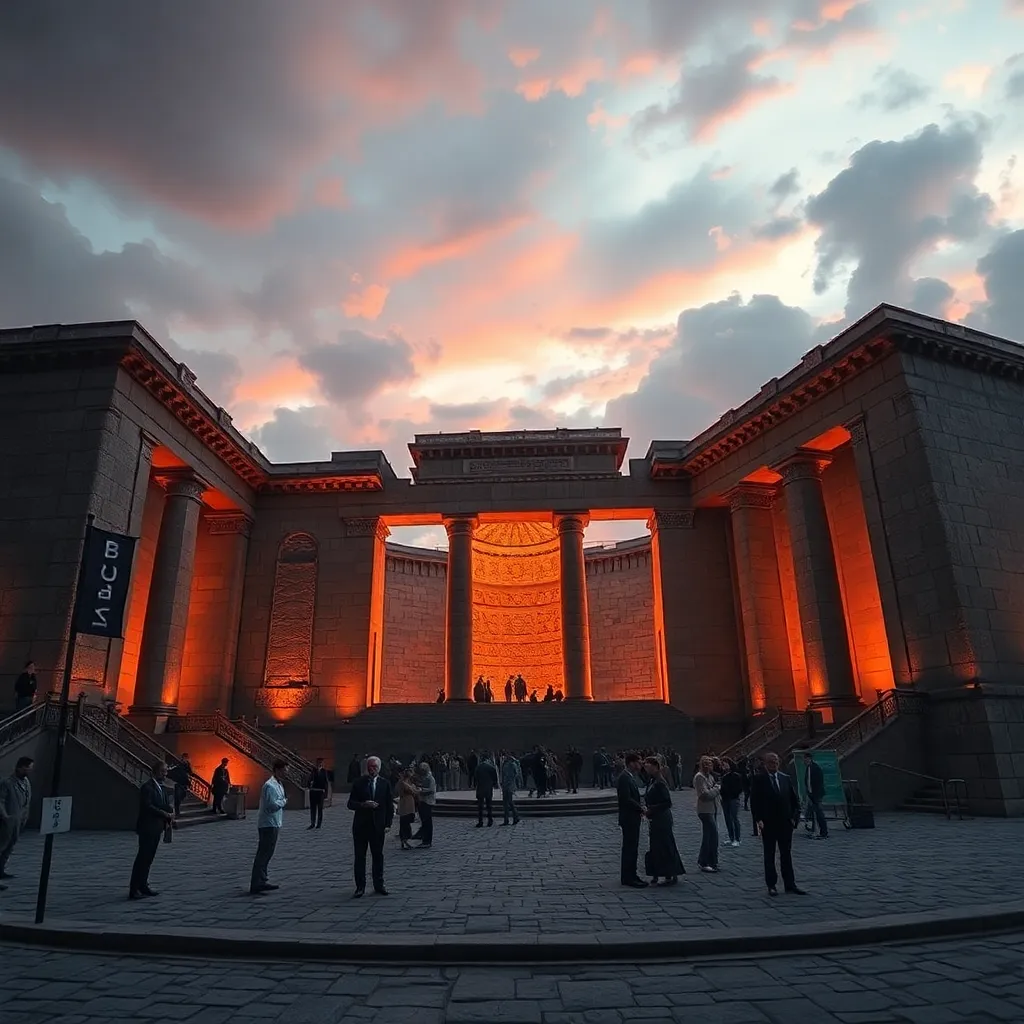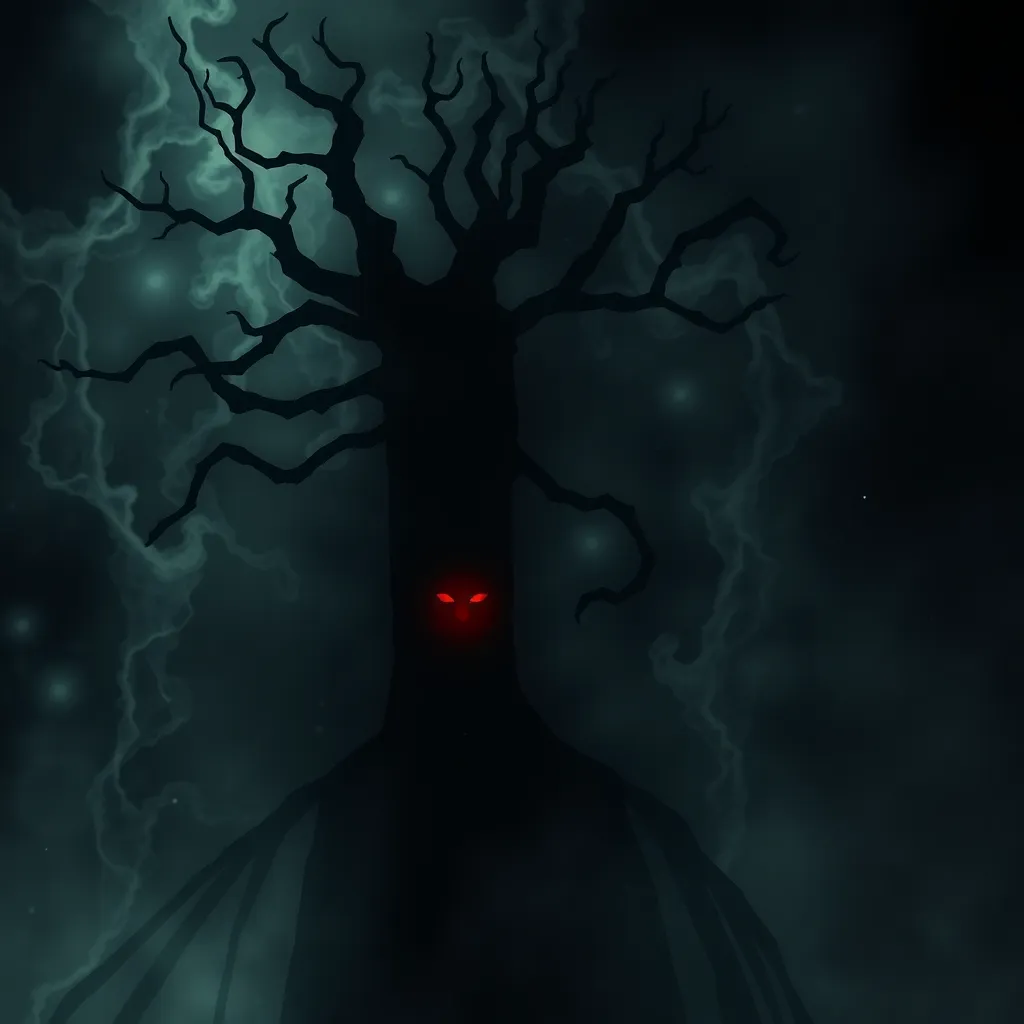Unicorns and Kings: The Unicorn’s Royal Symbolism
I. Introduction
The unicorn, a mythical creature often depicted as a horse-like being with a spiraled horn, has captivated the human imagination for centuries. Its ethereal beauty and elusive nature have made it a prominent figure in various mythologies around the world. The unicorn not only symbolizes innocence and purity but has also been associated with the divine and the royal. This article aims to explore the intricate connection between unicorns and royalty, delving into their historical context, symbolism, and representation in art and literature.
II. The Historical Context of the Unicorn
The origins of the unicorn myth can be traced back to ancient cultures, where it appeared in various forms and interpretations. In ancient Mesopotamia, for instance, unicorn-like creatures were depicted in art and literature, often embodying strength and purity.
During the medieval period, unicorns became deeply embedded in European folklore. They were often seen as creatures of grace that could only be tamed by a virgin, which added layers of meaning to their symbolism, particularly in relation to purity and chastity.
A. Origins of the Unicorn Myth in Ancient Cultures
- Mesopotamian texts referencing unicorn-like beasts.
- Greek accounts by historians like Ctesias, describing single-horned animals in India.
- Connections to the Indus Valley civilization through seal carvings.
B. The Unicorn in Medieval European Folklore
- Stories of unicorns often linked to the Virgin Mary.
- Legends depicting unicorns as elusive creatures of purity.
- Symbolism of the unicorn in courtly love and chivalric ideals.
C. The Role of Unicorns in Heraldry and Royal Insignia
Unicorns have also played a significant role in heraldry, often appearing in royal coats of arms and insignia. They symbolize strength, purity, and the divine right of kings, making them a fitting emblem for royal families.
III. Symbolism of Purity and Chastity
One of the most prominent attributes of the unicorn is its association with purity. In many cultures, the unicorn is seen as a representation of virtue and innocence.
A. The Unicorn as a Symbol of Purity
The unicorn’s horn, often referred to as an “alicorn,” was believed to possess magical properties, including the ability to purify water and heal sickness. This belief further cemented its role as a symbol of purity.
B. Connections to Royal Lineage and Virtue
Throughout history, kings and queens have sought to associate themselves with the qualities embodied by the unicorn. Its representation of purity and virtue often mirrored the ideals of noble bloodlines and the moral responsibilities of royalty.
C. The Unicorn in Religious Texts and Its Implications for Kingship
In Christian texts, the unicorn is frequently mentioned as a creature that symbolizes Christ and the Virgin Mary, reinforcing its connection to holiness and divine authority. This association often extended to the notion of kingship, where a ruler’s divine right was depicted through unicorn imagery.
IV. The Unicorn as a Protector
Beyond its symbolism of purity, the unicorn also serves as a guardian and protector, often depicted as defending the realm against evil forces.
A. The Unicorn’s Role in Guarding the Realm
In various legends, unicorns were believed to possess extraordinary powers that allowed them to protect their surroundings. They were often seen as guardians of the forest or sacred spaces, embodying the spirit of protection.
B. Allegorical Interpretations of the Unicorn as a Protector of the King
The unicorn’s role as a protector can be interpreted allegorically, where it symbolizes the strength and virtue of a king. Monarchs were often associated with unicorns as embodiments of their duty to protect their subjects and uphold justice.
C. Historical Examples of Unicorns in Royal Iconography
- The royal arms of Scotland, which feature a unicorn as a symbol of strength.
- Paintings and tapestries depicting unicorns as protectors of the royal family.
- Use of unicorn motifs in royal crowns and regalia.
V. The Unicorn in Art and Literature
The depiction of unicorns in art and literature has played a crucial role in establishing their royal connotations. From tapestries to paintings, the unicorn has often been portrayed in ways that emphasize its connection to nobility.
A. Depictions of Unicorns in Royal Tapestries and Paintings
Medieval tapestries often featured unicorns in elaborate scenes that celebrated royal virtue and purity. The “The Hunt of the Unicorn” series is one of the most famous examples, showcasing the unicorn as a creature of beauty and grace.
B. The Unicorn in Literature: From Medieval Texts to Modern Interpretations
In literature, unicorns have been featured in various works that highlight their symbolism. From the writings of medieval poets to modern fantasy novels, unicorns continue to symbolize purity, virtue, and the magic of royalty.
C. Analysis of Famous Works Featuring Unicorns and Their Royal Connotations
- The Faerie Queene by Edmund Spenser, where the unicorn represents chastity.
- The Last Unicorn by Peter S. Beagle, exploring themes of loss and identity.
- Many fairy tales where unicorns serve as companions to princesses or noble characters.
VI. Unicorns and Royal Power
The association of unicorns with divine right and authority has reinforced their status as royal symbols throughout history.
A. The Association of Unicorns with Divine Right and Authority
Unicorns have often been connected to the idea of divine right, where the legitimacy of a ruler is seen as ordained by a higher power. This connection has been visually represented through royal insignia that features unicorns.
B. The Use of Unicorn Imagery in Royal Seals and Emblems
Royal seals often incorporated unicorn imagery, serving as symbols of strength and purity that represented the power of the monarchy. This practice reflected the belief that the monarch was a protector of the realm, akin to the unicorn itself.
C. Case Studies of Specific Monarchs Who Embraced the Unicorn Symbol
- King James VI of Scotland, who adopted the unicorn as a symbol of his reign.
- Queen Elizabeth I, who utilized unicorn imagery to convey her royal authority.
- The use of unicorns in the coat of arms of various European noble families.
VII. Modern Interpretations of Unicorn Royalty
In contemporary culture, the unicorn has experienced a resurgence, often symbolizing empowerment and individuality.
A. The Unicorn’s Resurgence in Contemporary Culture
Unicorns have become popular in modern media, representing ideals of uniqueness and magic. They are often depicted in a whimsical light, appealing to a wide audience.
B. How Modern Royalty and Celebrities Utilize Unicorn Symbolism
Modern royals and celebrities have embraced unicorn imagery, using it to convey messages of individuality and empowerment. This adaptation of the unicorn symbol reflects changing societal values.
C. The Evolution of the Unicorn as a Symbol of Empowerment and Individuality
- The unicorn as a symbol of LGBTQ+ pride and acceptance.
- Fashion trends featuring unicorn motifs that promote self-expression.
- Literary and artistic representations celebrating diversity and uniqueness.
VIII. Conclusion
Throughout history, the unicorn has emerged as a significant royal symbol, embodying notions of purity, protection, and divine authority. Its imagery has left a lasting impact on society, as it continues to fascinate and inspire people across cultures. The enduring connection between unicorns and kingship reflects humanity’s quest for ideals of virtue and strength, making the unicorn a timeless emblem of royalty and empowerment.



